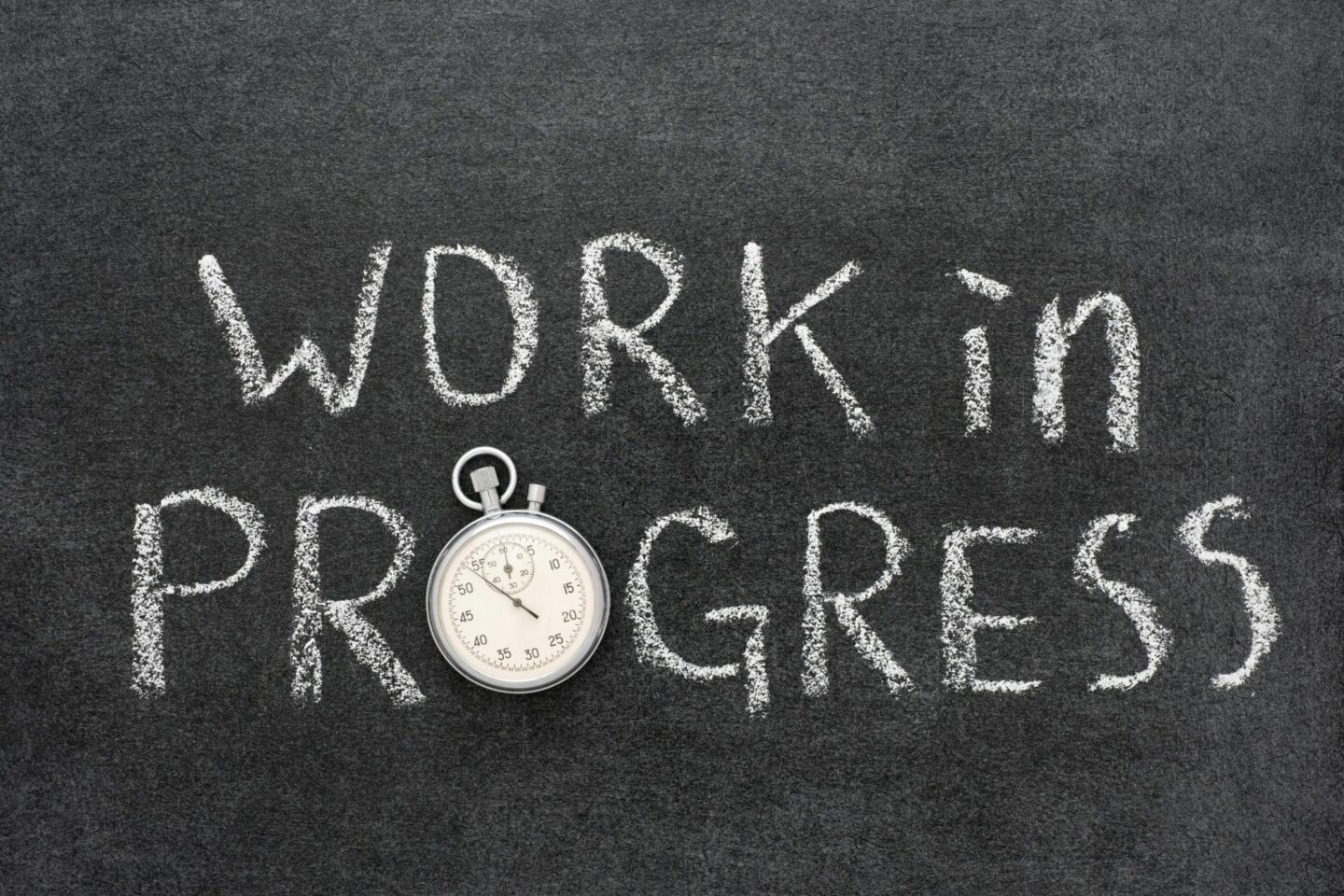Over the years, we have seen many industry sectors digitally evolve, with the manufacturing sector first showing clear evidence of the transition and, more recently, the digitisation of the architectural, structural engineering and construction space with the onset of digital working processes in the form of BIM, for example.
copyright by www.pbctoday.co.uk
 Over the years, we have seen many industry sectors digitally evolve, with the manufacturing sector first showing clear evidence of the transition and, more recently, the digitisation of the architectural, structural engineering and construction space with the onset of digital working processes in the form of BIM, for example.
Over the years, we have seen many industry sectors digitally evolve, with the manufacturing sector first showing clear evidence of the transition and, more recently, the digitisation of the architectural, structural engineering and construction space with the onset of digital working processes in the form of BIM, for example.
From the first Industrial Revolution to the fourth, we are now in the digital era where data is key but for many, data has been the stone wall to unlocking true potential. A barrier that has held innovation, productivity and overall bottom line profitability in check across entire business sectors until data challenges have been addressed.
By introducing robust data standards and working practices, we can start to forge forward and overcome the consistent challenges regularly seen where poor, unreliable and inaccurate data often set the baseline standard or initial data reference point, resulting project delays and unplanned overspend.
Project or product delays, poor decision making and working to the wrong information at the wrong time are just some of the inherent consequences businesses face daily by not addressing their own data challenges. But this is relatively easy to correct, simply by deploying robust data systems and spending a little more time and effort at the front-end, the result of which is more efficient and effective downstream processes, as well as data accuracy, which is so important in the AEC sector.
Industry 4.0 is the name given to the current trend of automation and data exchange. It includes cyber-physical systems, the Internet of Things (IoT), cloud computing and cognitive computing, which is the simulation of human thoughts in a computerised model.
When we think about innovation and disruption, industries like manufacturing, finance and healthcare typically spring to mind. Construction, on the other hand, is probably not as well known, as the sector has in the past lacked the pace and drive to progress forward with the inevitable digital transformation.
This is hardly surprising, considering the architectural, structural engineering and construction sector is historically conservative, risk adverse and highly cost-conscious, which to be fair is entirely understandable given the sheer number of stakeholders and contractors involved in a typical project.[…]
Thank you for reading this post, don't forget to subscribe to our AI NAVIGATOR!
read more – copyright by www.pbctoday.co.uk


Over the years, we have seen many industry sectors digitally evolve, with the manufacturing sector first showing clear evidence of the transition and, more recently, the digitisation of the architectural, structural engineering and construction space with the onset of digital working processes in the form of BIM, for example.
copyright by www.pbctoday.co.uk
From the first Industrial Revolution to the fourth, we are now in the digital era where data is key but for many, data has been the stone wall to unlocking true potential. A barrier that has held innovation, productivity and overall bottom line profitability in check across entire business sectors until data challenges have been addressed.
By introducing robust data standards and working practices, we can start to forge forward and overcome the consistent challenges regularly seen where poor, unreliable and inaccurate data often set the baseline standard or initial data reference point, resulting project delays and unplanned overspend.
Project or product delays, poor decision making and working to the wrong information at the wrong time are just some of the inherent consequences businesses face daily by not addressing their own data challenges. But this is relatively easy to correct, simply by deploying robust data systems and spending a little more time and effort at the front-end, the result of which is more efficient and effective downstream processes, as well as data accuracy, which is so important in the AEC sector.
Industry 4.0 is the name given to the current trend of automation and data exchange. It includes cyber-physical systems, the Internet of Things (IoT), cloud computing and cognitive computing, which is the simulation of human thoughts in a computerised model.
When we think about innovation and disruption, industries like manufacturing, finance and healthcare typically spring to mind. Construction, on the other hand, is probably not as well known, as the sector has in the past lacked the pace and drive to progress forward with the inevitable digital transformation.
This is hardly surprising, considering the architectural, structural engineering and construction sector is historically conservative, risk adverse and highly cost-conscious, which to be fair is entirely understandable given the sheer number of stakeholders and contractors involved in a typical project.[…]
Thank you for reading this post, don't forget to subscribe to our AI NAVIGATOR!
read more – copyright by www.pbctoday.co.uk
Share this: